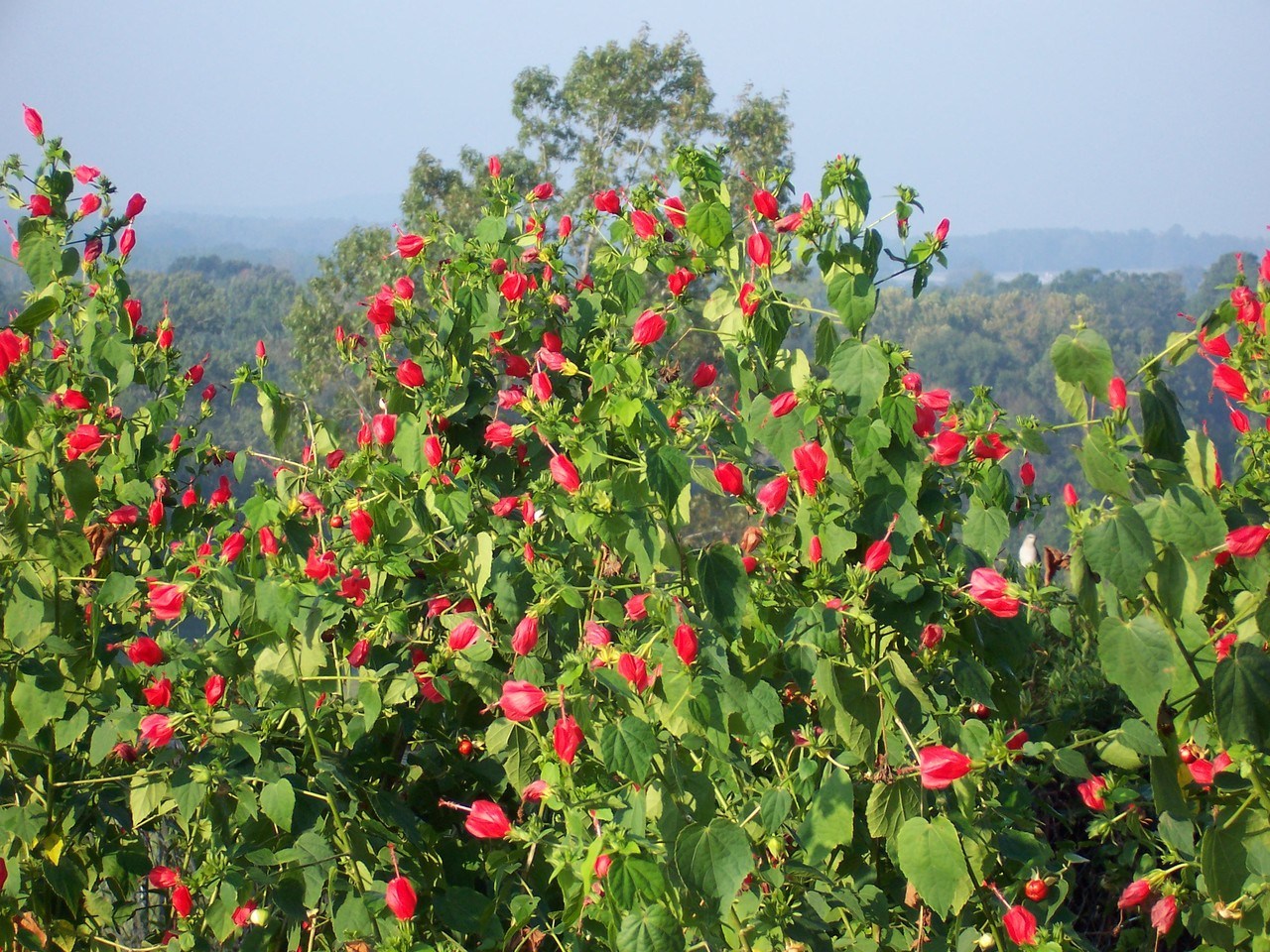The Tarrant Regional Water District (TRWD) infrastructure has been at risk of Zebra Mussel infestation since the mussels arrival in North Texas in 2013. Currently, Bridgeport reservoir has established colonies and Eagle Mountain reservoir has veligers. Development of TRWD operation and maintenance mitigation strategies intended to limit the spread, growth and attachment of zebra mussels within existing transmission pipelines, pump stations, reservoir infrastructure, floodway infrastructure and other facilities began in 2013 using the Hazard Analysis and Critical Control Point (HACCP) concepts.
TRWD’s Zebra Mussel Control Plan presented at Texas Water 2016
First, critical limits were established. Water quality parameters acceptable to Zebra Mussel habitat include ranges of water temperature, DO, calcium content and pH among others. Since parameters differ within a watershed and from reservoir to reservoir, limits vary by location. Based on parameters, the United States Army Corp of Engineers (USACE) Zebra Mussel Resource Document assigned risk levels to TRWD reservoirs dividing risk into three categories: low, moderate and high. All TRWD reservoirs rank high except Cedar Creek which is at moderate risk.
TRWD site infrastructure risk was defined through any pathway of raw water within each facility by tracking water from point of entry to exit. This way critical control points and associated operational impact were established. Operational impact was divided into three categories and defined by the impact infestation would have on the components ability to supply water to district customers. Mitigation strategy options were then developed based on the results of these critical pathways. With the help of RNT Consulting, TRWD looked for known, proven mitigation strategies including infrastructure modification, chemical and non-chemical treatments, mechanical cleaning, antifoul and foul release coating application, and cycling equipment.
“We’ve come a long way using the HACCP methodologies and the USACE document. In addition to those guides, RNT Consulting has helped us identify critical infrastructure vulnerabilities, assign levels of risk and operational impact as well as establish mitigation strategies,” said Donna Stephens, an Engineer with TRWD. The district is now in development of capital improvements to minimize impacts including upgrades to the pump cooling infrastructure to closed loop with filtering features and optimization of the chloramine feed system in the large diameter pipelines. The path forward is to continue development of strategies and district guidelines for modified operations and maintenance of TRWD infrastructure to maximize Zebra Mussel mitigation.


